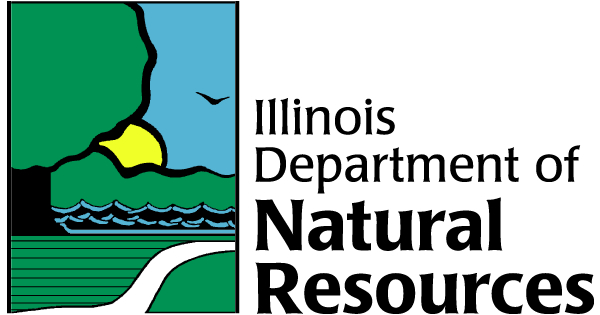Osage orange
Osage orange (Maclura pomifera)
Illinois Status: common, nonnative
Features and Behaviors
FEATURES
Osage orange is also known as hedge apple or bow wood. This deciduous tree may attain a height of 40 feet and a trunk diameter of 12 inches. Its bark is light gray-brown with an orange tint. The bark separates into shaggy strips. Twigs are dull, orange-brown, smooth, zigzag and have short, sharp spines. The tiny buds are red-brown. Leaves are arranged alternately along the twigs. Each smooth leaf is simple, ovate and long-pointed at the tip. A single leaf may be as much as five inches long and three and one-half inches wide. Leafstalks may be two inches long. The male (staminate) and female (pistillate) flowers develop on separate trees. The small flowers are yellow-green. Male flowers are borne in clusters on stalks up to four inches long. Female flowers develop in spherical heads on short stalks. The large (up to six inches in diameter), spherical fruit is green-yellow. The fruit contains many seeds, juicy flesh and milky sap.
BEHAVIORS
Osage orange may be found throughout Illinois. It grows in fence rows and wood edges. Flowers are produced from May through June. The wood of this tree is used for fence posts, archery bows, railroad ties and tool handles. The seeds are eaten by some wildlife species as a food source. Groups of these trees are often planted as windbreaks. Osage orange is a native of Arkansas, Texas and Oklahoma that has been planted in Illinois and become naturalized here.
Illinois Range
Taxonomy
Kingdom: Plantae
Division: Magnoliophyta
Class: Magnoliopsida
Order: Urticales
Family: Moraceae
Habitats
Prairie and Edge
edge


